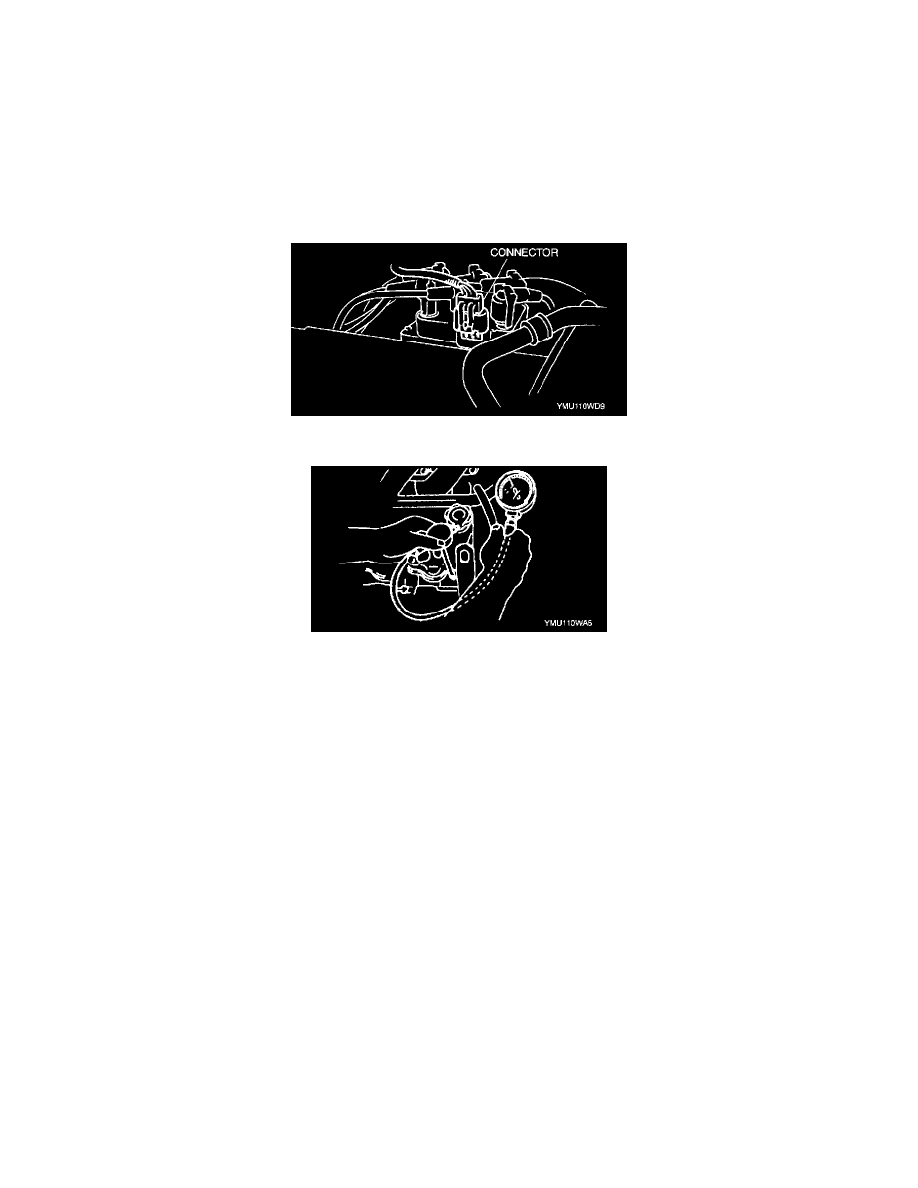MPV LX V6-2.5L DOHC (2000)

Compression Check: Testing and Inspection
COMPRESSION INSPECTION
Warning: When the engine and the oil are hot, they can badly burn. Turn off the engine and wait until they are cool.
1. Verify that the battery is fully charged.
-
Recharge it if necessary.
2. Warm up the engine to the normal operating temperature.
3. Perform "Fuel Line Safety Procedure". Leave the fuel pump relay removed.
4. Remove the high-tension lead.
5. Remove the spark plugs.
6. Disconnect the ignition coil connector (RH).
7. Install the compression gauge into the No.1 spark plug hole.
8. Crank the engine a minimum of five compression strokes and record the highest reading. Note the approximate number of compression strokes
required to obtain the highest reading.
9. Repeat the test on each cylinder, cranking the engine approximately the same number of compression strokes.
10. The indicated compression pressures are considered within specification if the lowest reading cylinder is within 75 percent of the highest reading.
Refer to the Compression Pressure Limit Chart.
-
If the compression in one or more cylinders is low or the compression difference between cylinders exceeds the maximum, pour a small
amount of clean engine oil into the cylinder and recheck the compression.
-
If the compression increases, the piston, the piston rings, or cylinder wall may be worn and overhaul is required.
-
If the compression stays low, a valve may be stuck or improperly seated and overhaul is required.
-
If two adjacent cylinders indicate low compression pressures and squirting oil on piston does not increase compression, the head gasket
may be leaking between cylinders. Engine oil and/or coolant in the cylinders could result from this condition.
